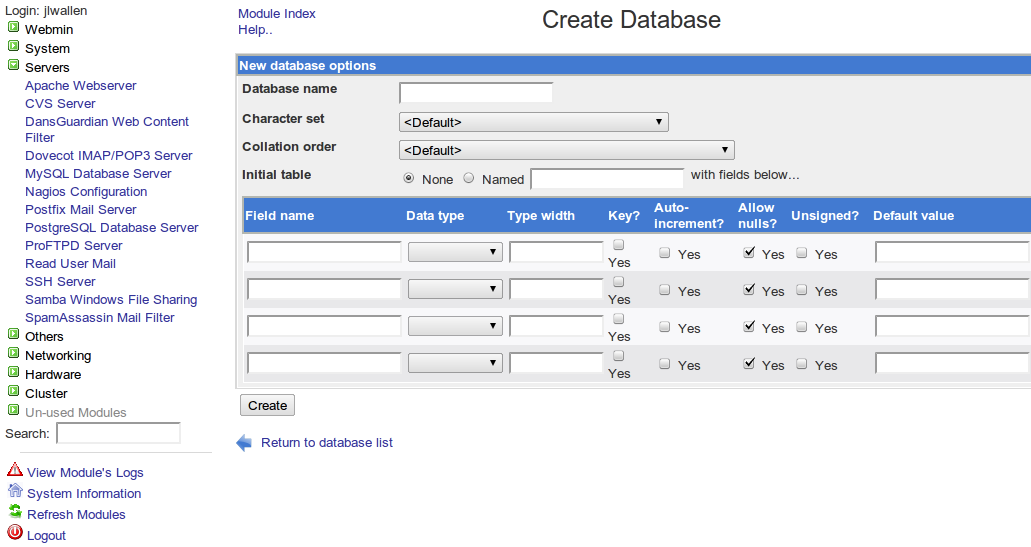Php Login Form With Mysql Database Example
The right MySQL management tool can make your database chores go a lot more smoothly. Here are five topnotch tools to consider.
MySQL. For many, it's a love affair that has been going on for years. For others, it's a nightmare relationship they'd rather not have to face. No matter where you stand, you may have to deal with this powerful database somehow. Most users assume that the only way to manage those databases is from the MySQL shell within a terminal. Yes, that is one way. But no, it's not the only way. In fact, there are several tools out there that allow you to manage the MySQL databases. Let's take a look at five of them.
Note: This list is also available as a photo gallery.
1: MySQL command shell
Of course we should start with the built-in command-line tool. From the MySQL command shell (Figure A), you can do anything you need with your MySQL databases. Many users swear by the command shell and refuse to use any other tool, although others are intimidated by its steep learning curve and complex command-line syntax. But if you want sheer power, this is the tool to use.
Figure A

MySQL command shell
2: MySQL Workbench
MySQL Workbench (Figure B) is the king of all MySQL management tools. Whatever you need to do with your databases, this GUI tool will do it. You can even use it to connect to multiple servers. MySQL Workbench is a MySQL administrator's dream come true. And like any good database management tool, MySQL Workbench has a built-in query tool and command shell.
Figure B

MySQL Workbench
3: Webmin MySQL module
Although not quite as powerful as the MySQL Workbench (you can work only on the databases local to the server), the MySQL Webmin module (Figure C) allows you do handle nearly any task on your databases -- all through your Web browser. This enables you to easily manage your databases on that one server from anywhere that has access to the machine.
Figure C

Webmin MySQL module
4: phpMyAdmin
phpMyAdmin (Figure D) is a favorite of many database admins. It's a PHP-driven tool and handles every aspect of managing a MySQL database server. The interface is incredibly user-friendly and makes the tasks of creating and managing databases simple. phpMyAdmin also allows for the execution of MySQL commands from within the interface.
Figure D

phpMyAdmin
5: Emma
Emma (Figure E) is another GUI tool for the management of MySQL databases. Although not as feature-rich as MySQL Workbench, it does a great job of offering a user-friendly interface for the management (creating, editing, etc.) of databases on a particular machine. One nice feature is the ability to export query results into a csv list file.
Figure E

Emma
Good options
There are a handful of other tools out there, some of which have already reached EOL (end of life). But you'll be hard-pressed to find a more powerful, useful set of MySQL database management tools than the ones listed here.
Don't waste another second searching for IT and business apps--we've got you covered. Our featured App of the Week might boost your productivity, secure your email, track career goals, and more. Delivered Thursdays 
App of the Week Newsletter
Php Login Form With Mysql Database Example
Source: https://www.techrepublic.com/blog/five-apps/five-tools-to-help-you-manage-your-mysql-databases/